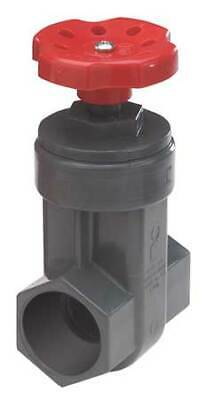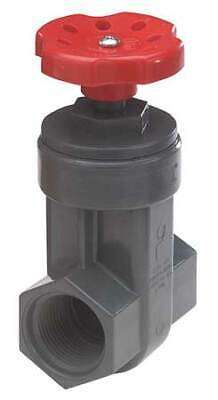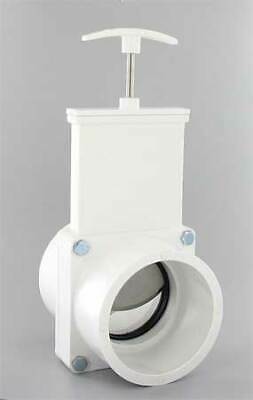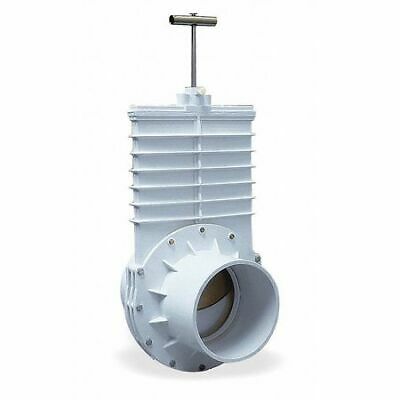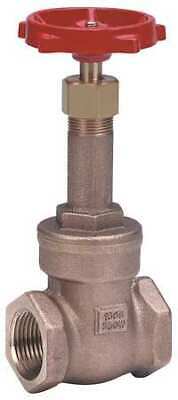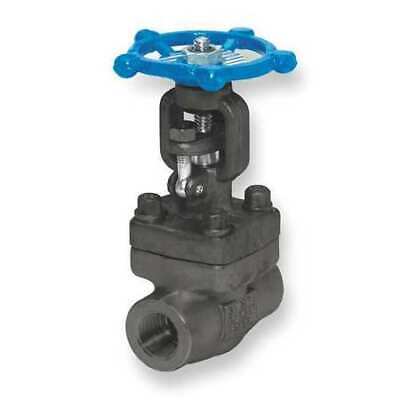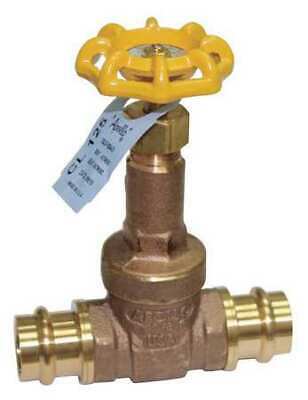-40%
Milwaukee Valve UP149 Bronze Gate Valve, Rising Stem, 1/2" Solder Ends
$ 16.42
- Description
- Size Guide
Description
Milwaukee Valve UP149 Series Bronze Gate Valve, Potable Water Service, Rising Stem, 1/2" Solder EndsMade of bronze for higher strength and corrosion resistance than brass
Contains less than 0.25 percent lead by weighted average on wetted surfaces for potable water service
Rising stem with inside screw lifts with the gate to signal visually when the valve is open
300 pounds per square inch (gauge) (psig) for water, oil, and gas pressure (WOG)
Solder end connections on both ends for a semi-permanent connection to a piping system
This Milwaukee Valve UP149 Ultra Pure series bronze gate valve has a rising stem, solder end connections, and it is lead-free for potable water plumbing systems. The lead-free bronze construction, solid wedge gate, and threaded bonnet provide higher strength and resistance to corrosion than brass, and the valve has a rising stem that moves up and down with the gate to offer a visual signal (when extended) that the valve is open. The stem design and graphite internal packing also prevent the stem threads from coming into contact with flow to avoid corrosion to extend valve life. The maximum pressure is 300 pounds per square inch (gauge) (psig) for water, oil, and gas pressure (WOG). It has solder end connections for a semi-permanent connection to a piping system. Mounted on top of the valve, a manually operated malleable iron hand wheel activates the inside screw mechanism, which lifts and lowers the gate to start and stop the flow between the connected pipes. The valve is appropriate for use in plumbing systems that convey or dispense water intended for cooking or human consumption.
This gate valve is certified to contain no more than 0.25 percent lead by weighted average on its wetted surfaces, and it complies with California AB1953, Vermont Act 193, Maryland HB372, and federal public law 111-380 for use in potable water services. The valve meets Manufacturers Standardization Society (MSS) SP-80 and National Sanitation Foundation/American National Standards Institute (NSF/ANSI) 372 standards for quality assurance.
Gate valves control flow in a piping system by lifting a gate out of the path of steam, fluids, or gases. They are designed to block or permit flow, as the vibrations and force of flow repeatedly striking a partly lowered gate can damage the gate and seats. To accommodate different flows and pressure requirements, gates come in four types: solid wedge (appropriate for almost all liquid service), flexible wedge (appropriate for steam service), split wedge (appropriate for normal temperature, non-condensing gas and liquid service, including corrosive service), and parallel disc (appropriate for high and low pressure applications). Hand wheels or levers activate the screw mechanism in the valve’s bonnet, which comes in various designs, to open and close the gate. Union bonnets are preferable for building service piping, threaded-in (or screw-in) bonnets work well for lighter-duty usage, and bolted body-bonnet connections are used primarily in iron multi-turn valves. Most gate valves have either a rising stem, which moves up and down with the gate, or a non-rising stem, which remains fixed in place. When closed, the gate and its seats form tight planar sealing surfaces, ideal for linear liquid flow. Gate valves are used in air, gas, liquid, and steam applications.


